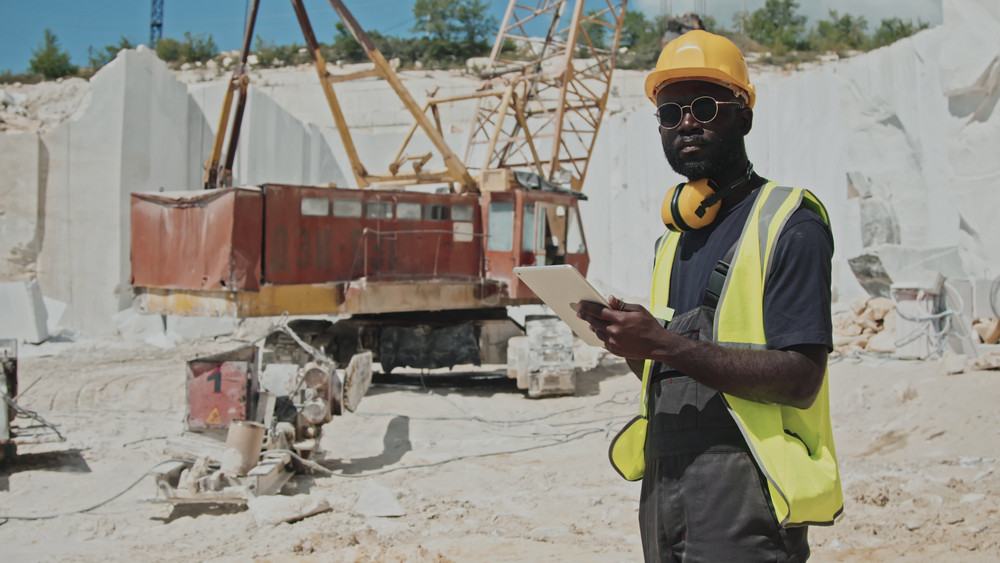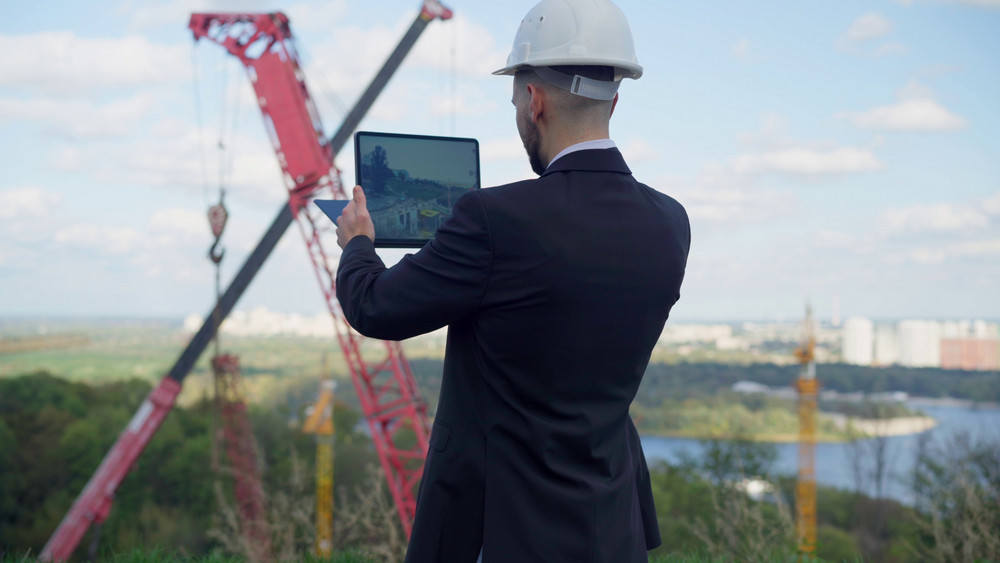
What Happens if Weather Affects Lifting Operations?
What Happens if Weather Affects Lifting Operations?
Highlights
- Weather is one of the most critical external factors affecting crane safety and performance.
- High winds, rain, lightning, and temperature extremes can all disrupt lifting operations.
- Lift plans include weather monitoring, load adjustments, and contingency measures for changing conditions.
- Industry standards like OSHA and ASME provide strict weather-related operation guidelines.
- Proper decision-making protects workers, equipment, and schedules from unnecessary risk.

Understanding Weather Impacts on Crane Operations
Weather can quickly turn a routine lift into a high-risk situation. Cranes are designed for stability and strength, but their tall, slender structures and extended booms make them vulnerable to wind, rain, and temperature extremes. Every lift plan must account for forecast conditions, environmental hazards, and emergency procedures. Ignoring weather variables can lead to swinging loads, structural stress, or complete mechanical failure. Modern job sites rely on continuous weather monitoring and professional judgment to determine when it’s safe to lift—and when to stand down.
Wind Speed and Crane Stability
Wind is the most common weather factor that disrupts crane operations. Even moderate gusts can shift a suspended load or cause the boom to sway, altering the crane’s balance and increasing the risk of tipping. Most manufacturers specify maximum operating wind speeds, typically between 20 and 30 mph for standard lifts. Once winds exceed those thresholds, work must stop immediately. The effect of wind is magnified when handling large, flat loads such as panels or trusses because they act like sails. According to Canwea, strong crosswinds can introduce additional dynamic forces that significantly amplify loads and compromise control.
Rain and Reduced Visibility
Heavy rain not only decreases visibility but can also impact ground stability and load handling. Wet conditions make surfaces slippery, increasing the chance of accidents during rigging or setup. Electrical systems and sensors may malfunction if not adequately sealed. Operators must also consider how rainfall affects soil composition under outriggers—saturated ground can lose bearing capacity, leading to crane tilting. Visibility reduction makes communication between signal persons and operators more difficult, requiring clear radio channels and additional spotters. When rain reduces visibility to unsafe levels, most lift supervisors will suspend work until conditions improve.
Lightning and Electrical Hazards
Cranes are essentially large metal structures, making them lightning magnets during thunderstorms. Any indication of lightning in the vicinity requires immediate suspension of all lifting operations. OSHA mandates that cranes not operate within 10 miles of active lightning activity. Even if the storm is distant, electrical discharges through the ground or air can pose severe risks to operators and riggers. After the storm, cranes must be re-inspected for potential damage, including electrical systems, cables, and sensors. No lift should resume until the site is declared safe by the competent person in charge of operations.
Temperature Extremes and Material Behavior
Temperature affects both mechanical performance and operator safety. In cold conditions, hydraulic fluids thicken, metal contracts, and components become brittle—making sudden movements or heavy loads more hazardous. Conversely, extreme heat can degrade seals, hoses, and lubricants, leading to mechanical failure. Operators must warm up hydraulic systems in freezing weather and monitor fluid pressure during hot days.
Soil Conditions and Ground Stability After Weather Events
After heavy rain, snowmelt, or flooding, the ground beneath a crane can lose its ability to support weight. This risk is especially high for mobile and rough-terrain cranes. Before resuming work, supervisors must evaluate the ground bearing capacity and use mats or steel plates to stabilize outriggers. Geotechnical assessments are often required for long-term job sites. A seemingly solid surface can become dangerously soft after prolonged precipitation, making post-storm evaluations critical to avoid tipping hazards. When in doubt, engineers calculate allowable ground pressure and verify that the crane setup remains within those limits.
Fog and Low Visibility Hazards
Fog presents unique challenges because it reduces depth perception and obscures communication signals. In low visibility, it becomes difficult for the operator to gauge load position and for riggers to provide hand signals. Site supervisors must rely on radios or wireless communication systems during foggy conditions. However, even with clear communication, most companies have strict visibility thresholds—if the operator cannot see the load and the path of movement, lifting should not occur. Waiting for fog to clear is far safer than risking a collision or dropped load caused by poor visibility.

Monitoring Tools and Weather Technology
Today’s crane operations use advanced weather technology to make informed decisions. On-site anemometers measure real-time wind speed, while barometric sensors and radar-based weather apps track incoming storms. Some cranes include integrated weather monitoring systems that automatically alert operators when unsafe conditions are detected. Supervisors use these tools to compare actual readings with manufacturer limits, ensuring each lift complies with safety parameters. By combining technology with expert judgment, project teams can balance productivity and safety effectively in unpredictable weather environments.
Decision-Making and Lift Planning
Weather considerations are a critical part of every lift plan. The process includes reviewing meteorological forecasts, determining safe operating limits, and outlining emergency procedures if conditions change mid-lift. Crew members are trained to recognize warning signs—such as increasing wind gusts, dropping temperatures, or darkening skies—that signal a potential stop. The lift director or site supervisor has the final authority to halt operations at any time. These decisions, though they may delay the schedule, prevent accidents and costly damage that far outweigh the inconvenience of a weather delay.
Resuming Work After Adverse Weather
Once a storm or high-wind event passes, crews must follow a systematic inspection process before lifting resumes. This includes checking the crane’s structural components, verifying outrigger placement, and recalibrating sensors. Electrical systems should be inspected for moisture intrusion, and the load path should be cleared of debris. Reassessing soil stability and confirming safe conditions are mandatory before restarting work. It’s also essential to update the lift plan and document any changes in the operating environment for recordkeeping and compliance purposes. These post-weather checks form part of a comprehensive safety management program.
Weather is one of the few variables that even the most advanced technology cannot fully control. However, with proper planning, training, and decision-making, crane operators can manage its effects safely. Recognizing when to pause operations protects lives and equipment, while resuming work only after thorough inspections ensures long-term reliability. By respecting the natural elements and adhering to regulatory guidelines, the crane industry continues to improve both its safety record and operational efficiency, no matter what the forecast holds.



